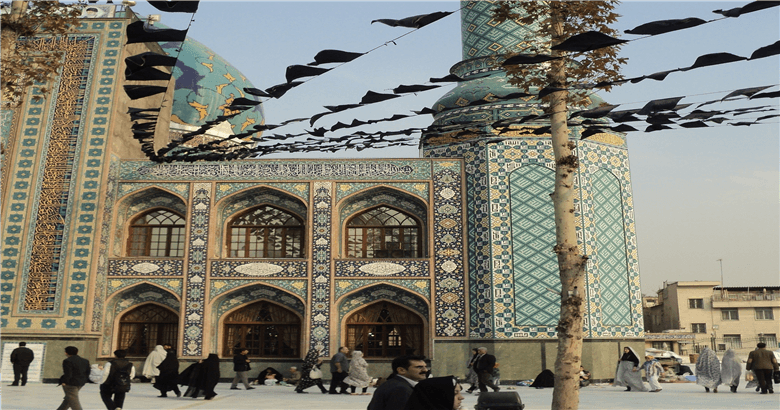Iran Package
The history of Iran, which was commonly known until the mid-20th century as Persia in the Western world, is intertwined with the history of a larger region, also to an extent known as Greater Iran, comprising the area from Anatolia, the Bosphorus, and Egypt in the west to the borders of Ancient India and the Syr Darya The earliest archaeological artifacts in Iran were found in the Kashafrud and Ganj Par sites that are thought to date back to 100,000 years ago in the Middle Paleolithic. Mousterian stone tools made by Neandertals have also been found. There are more cultural remains of Neandertals dating back to the Middle Paleolithic period, which mainly have been found in the Zagros region and fewer in central Iran at sites such as Kobeh, Kunji, Bisitun Cave, Tamtama, Warwasi, and Yafteh Cave.In 1949, a Neanderthal radius was discovered by Carleton S. Coon in Bisitun Cave Evidence for Upper Paleolithic and Epipaleolithic periods are known mainly from the Zagros Mountains in the caves of Kermanshah, Piranshahr and Khorramabad and a few number of sites in the Alborz and Central Iran. During this time, people began creating rock art.
The history of Iran, which was commonly known until the mid-20th century as Persia in the Western world, is intertwined with the history of a larger region, also to an extent known as Greater Iran, comprising the area from Anatolia, the Bosphorus, and Egypt in the west to the borders of Ancient India and the Syr Darya The earliest archaeological artifacts in Iran were found in the Kashafrud and Ganj Par sites that are thought to date back to 100,000 years ago in the Middle Paleolithic. Mousterian stone tools made by Neandertals have also been found. There are more cultural remains of Neandertals dating back to the Middle Paleolithic period, which mainly have been found in the Zagros region and fewer in central Iran at sites such as Kobeh, Kunji, Bisitun Cave, Tamtama, Warwasi, and Yafteh Cave.In 1949, a Neanderthal radius was discovered by Carleton S. Coon in Bisitun Cave Evidence for Upper Paleolithic and Epipaleolithic periods are known mainly from the Zagros Mountains in the caves of Kermanshah, Piranshahr and Khorramabad and a few number of sites in the Alborz and Central Iran. During this time, people began creating rock art.





